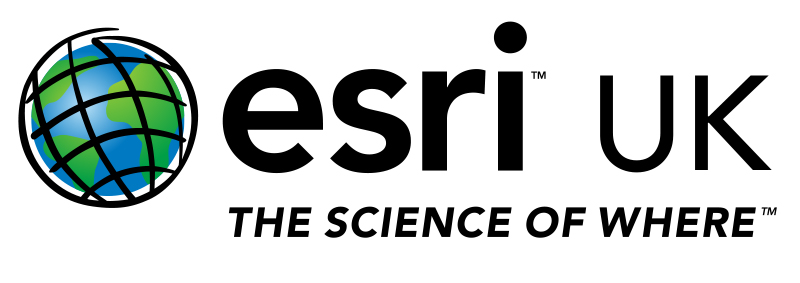Think location for sustainability
/Three ways to use location analysis to minimise our impact on the environment
We can no longer afford to do nothing. Every year, vital habitats are eroded or lost all together; global cities become more overcrowded and polluted; and even small organisations can have an irreversible impact on environmental issues extending from local communities to global warming. No matter what business activity we are engaged in, we all have a responsibility to act sustainably – and location analysis can help us.
Location lies at the very heart of sustainability. We have to know where carbon emissions are generated, where energy savings can be made and where precious habitats need protecting. At the same time, we need to understand where homes are at risk from floods caused by environmental changes and where to site wind farms to generate the most sustainable energy. Geographic information system (GIS) technology allows organisations to analyse complex environmental and location data to find the answers to these questions and others like them.
There are three key areas in which location analysis can support sustainability:
- Sustainable cities
- Location analysis is being used internationally by engineers, architects and urban planners to create cities that are self-sufficient for energy, designed from the ground up to facilitate low-carbon living and equipped with all the resources necessary to support their populations. In a complementary, ground-breaking initiative, Esri is one of three partners who have collaborated in the development of a portal for analysing and comparing city data. Called the Urban Observatory, it allows people to see an accurate picture of sustainability in their cities and better understand the actions necessary to deliver effective change.
- Sustainable environment
- In attempting to slow the impact of global warming and protect natural habitats and man-made structures, organisations are turning to location analysis to help them predict the future. GIS can be used highly successfully to help insurers identify the likelihood of increased claims due to changes in climate and weather patterns for example. Similarly, the Forestry Commission uses location analysis to help it understand the likely impact of carbon emissions on the trees that are under its protection. Other organisations use GIS to help them analyse the best locations for new renewable energy developments like wind farms.
- Sustainable business
- Recognising that they have a responsibility to protect the environment, a great many organisations use GIS to analyse their carbon footprint, pollution and usage of the world’s scarce natural resources. Airports employ location analysis to monitor noise pollution and ensure their compliance with environmental legislation. Other organisations are turning to GIS to help them understand energy usage and create more energy-efficient offices, business sites and homes.
Made you think?
Then, let’s act.
There are a myriad of different ways in which GIS and location analysis can be used to help organisations operate more sustainably and respond to the challenges forced upon us by climate change, environmental legislation and the precarious state of some of our most important natural habitats. It’s not too late to make a difference. Find out more at http://www.esriuk.com/getting-started/executives/sustainability.


